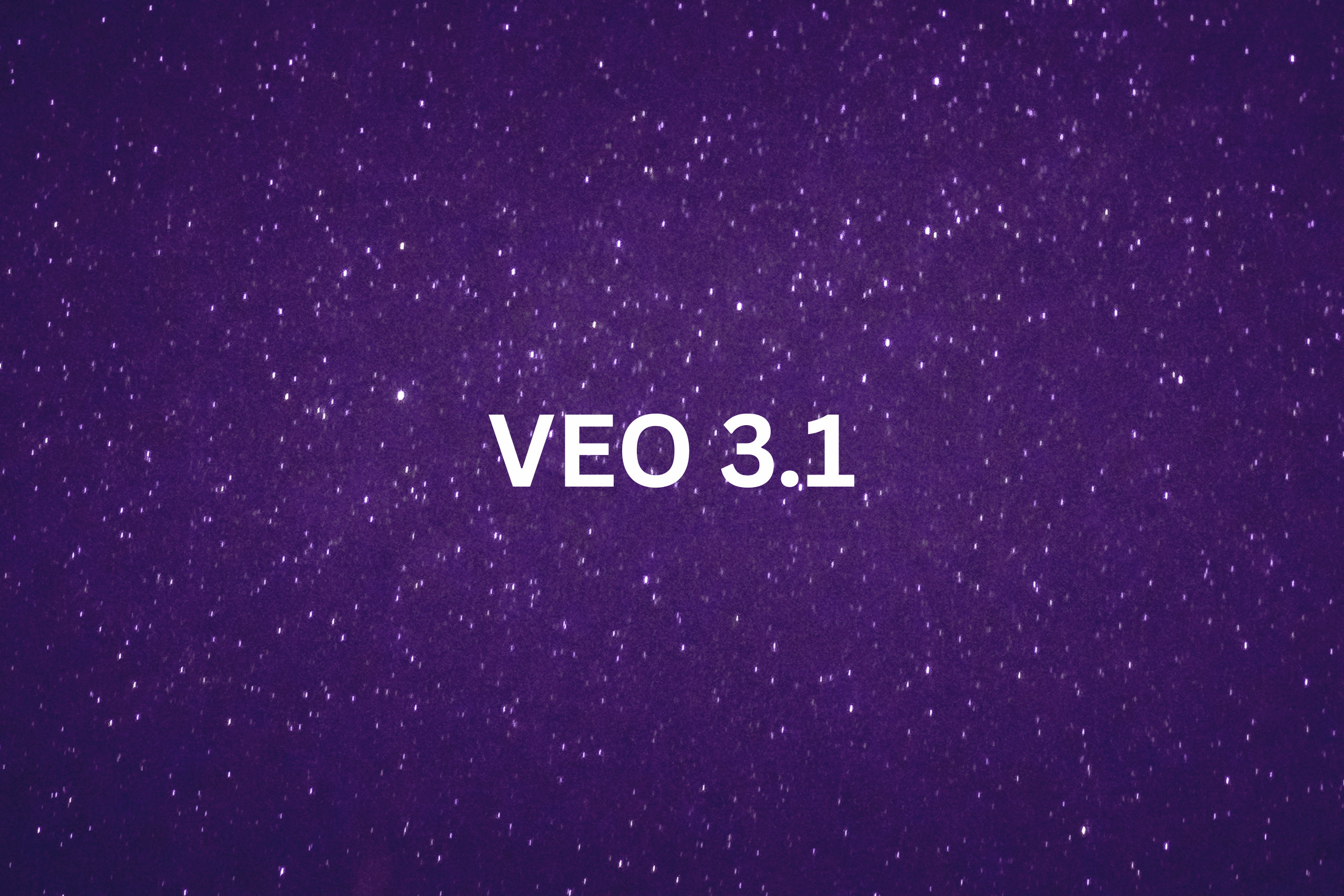
The term “hybrid cloud solutions” is increasingly searched as organisations realise that neither pure public nor private cloud answers all their needs. Tech Qafila+1 In 2025, They are becoming a default architecture for agility, security, and cost management.
What are hybrid cloud solutions?
It combine the use of public cloud services (like AWS, Azure, Google Cloud) with on-premises or private-cloud infrastructure. The aim is to get the best of both: scalability and cost-benefits of public cloud + control and compliance of private cloud.
Why many businesses choose hybrid cloud solutions in 2025
- Data sovereignty & compliance: For regulated industries, storing sensitive data on-premises but using public cloud for less-sensitive workloads allows compliance and performance.
- Cost optimisation: With it, organisations can off-load bursting workloads to public cloud while keeping base load on cheaper private infrastructure.
- Flexibility & innovation: Teams can quickly spin up new services in public cloud, iterate, and later move stable workloads to private or hybrid environments.
- Business continuity and resilience: The solutions support disaster recovery, geo-redundancy, and fail-over between clouds.
How to implement hybrid cloud solutions effectively
- Start with a clear strategy: Map workloads, which are best for public cloud, which for private, and which for hybrid.
- Choose the right tools and platforms: Many providers now offer hybrid-cloud platforms (e.g., Azure Arc, AWS Outposts).
- Governance and security: It requires consistent policies across both cloud and on-premises environments.
- Monitor and optimise continuously: Use tools to watch cost, performance, and compliance across your hybrid setup.
Final Thoughts
Hybrid cloud solutions are not just a trend—they’re the backbone of modern enterprise infrastructure in 2025. For businesses that want agility without losing control, they offer a powerful roadmap to future-proof operations.
Read more tech related articles here.






Leave a Reply